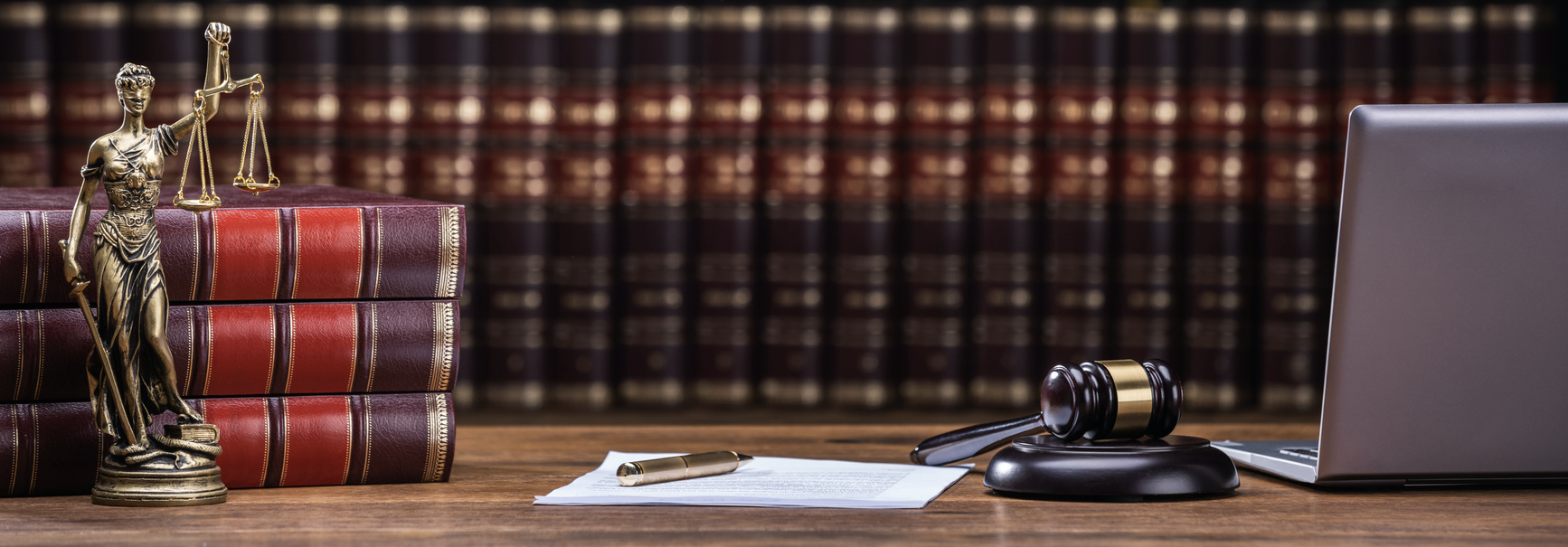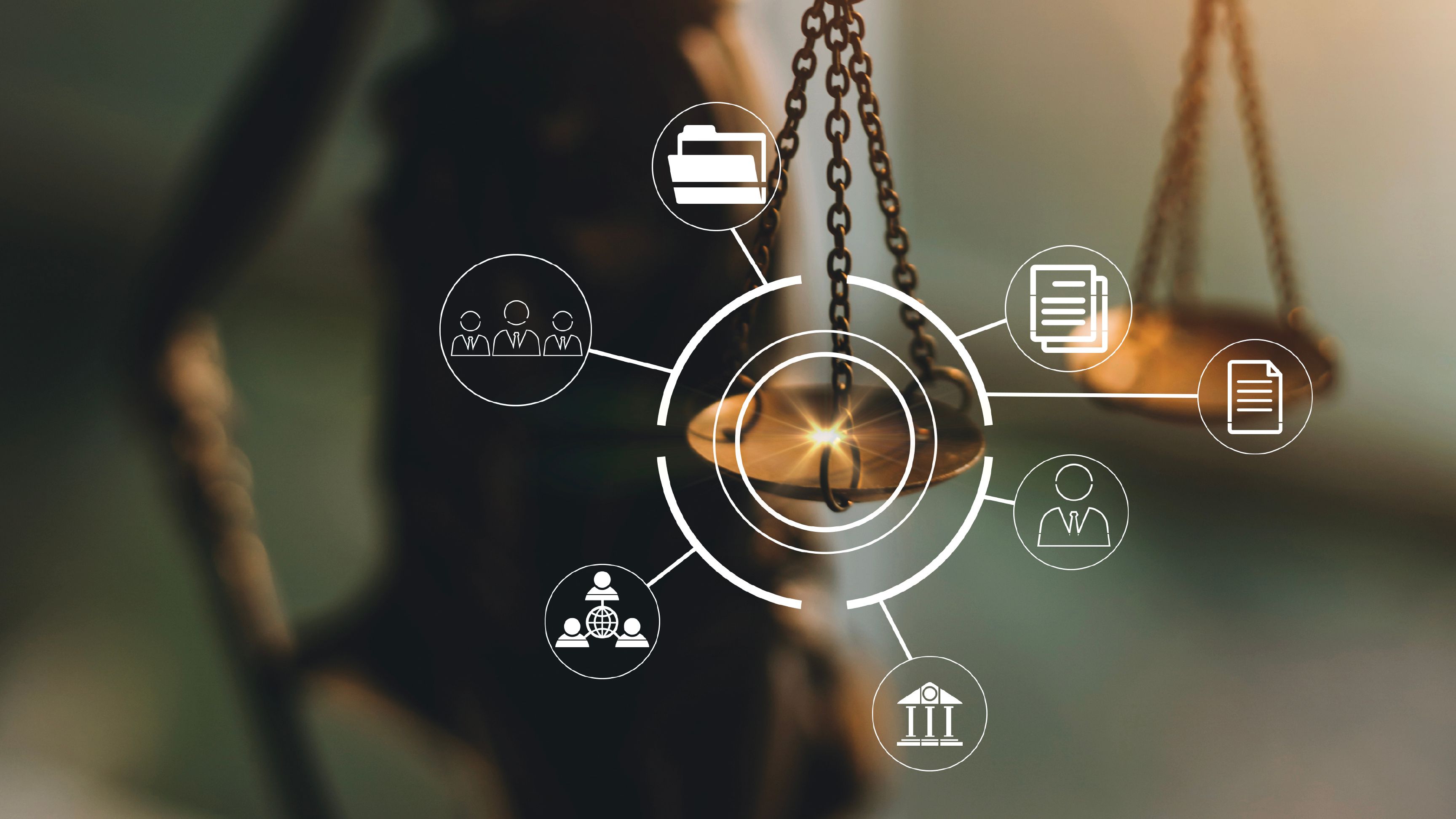
Blog
Managing high-profile cases remotely

Some courts, tribunal hearings case or hearings will attract heightened media interest because, they involve a high-profile party or subject. Often this will lead to journalists seeking to attend to observe the case or hearing itself. You should notify MoJ and Judicial press offices of all high-profile trials/hearings with heightened media interest.
Publish Public Notices and Operational Media Notes
In the case of a public hearing that will be broadcasted online, it is the responsibility of the court to produce tickets. The ticket should include the name of the trial/hearing and the organisation that it has been issued to – not the individual representing that organisation. This means the organisation can use the same ticket throughout the trial/hearing, even if the journalist covering it changes.
Authenticate & Register Attendees
Courts who regularly issue tickets for high-profile cases should consider a registration system for each trial/hearing to avoid authenticity issues. A different PIN (personal identification number) should be used for each trial/hearing, making sure local staff and security are admitted and placed correctly.
Enable Remote Live Streaming for Authorized/Registered Audience
While every reasonable effort should be made to accommodate as many members of the media as possible, sometimes this won’t be possible in a particular setting when high-profile cases are heard. If staff have reason to believe that demand for press seats will go beyond what a court room can accommodate, they should notify press offices who will issue an operational media note and provide access online to monitor courtroom proceedings online through a non-shareable interface for authorized or registered media attendees.
Here are some steps:
-Link to the designated Digital Courtroom
-Link to the online test for the media representatives to test their connection
-Details of any timing elements imposed upon the remote observations
-Announce a “cut-off” time for joining the Digital Courtroom to reduce any potential disruption to proceedings
-Publish the court rules for remote hearings – which are included in the Digital Courtroom guidance documents (available on the intranet)
-Disable chat, microphone, and camera access for certain users in the Digital Courtroom for larger broadcasts
Monitor Attendance and Track who’s participating in your Courtroom
The media are entitled to a form of representation during the visit, but their attendance needs to be carefully managed. When the jury, judge and parties come together to review online controls prior to the hearing, the court is effectively in session just as it would be in the court/hearing room. Real-time presence reports can be viewed to track who’s present, and attendance logs of the parties involved in the case hearing.
Protocols & Managing the Digital Courtroom
All the normal contempt rules should apply in a Digital Courtroom – the group cannot be filmed or photographed while the court is in session and evidence must not be interfered with, but equally the media should be allowed to attend. Some media photography at the site can be arranged when the court is not in session by prior request to the court staff.
Elevated Controls for Court Staff & Government Agencies
The local police should be approached well in advance of the jury site visit to discuss he type of assistance they can give in controlling the media attendance online. Experienced senior staff from the court where the trial/hearing is being held should also attend online to perform the same admin role they would in a normal court to manage the media’s attendance.
Digital Courtroom by Tech Unicorn
Our digital courtroom solutions are designed to enable courts to conduct remote and digital hearings seamlessly and with greater control over the conversation within the courtroom.
From elevated controls for the Court Admins, real-time visibility into important data points, intelligent record-keeping to seamless integration with case management and legal systems delivers a unified and modern courtroom experience on a unified application interface.
